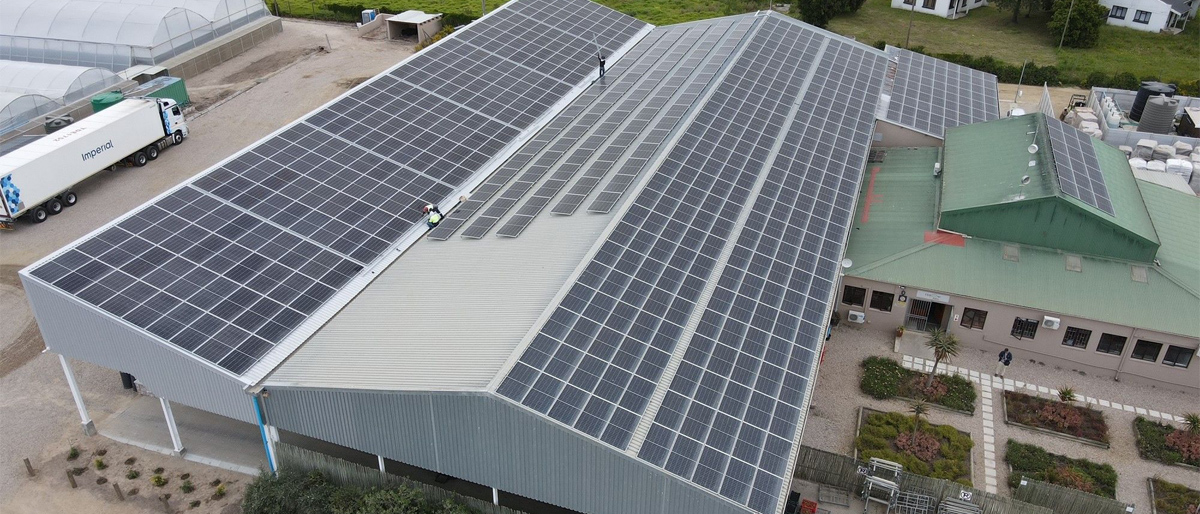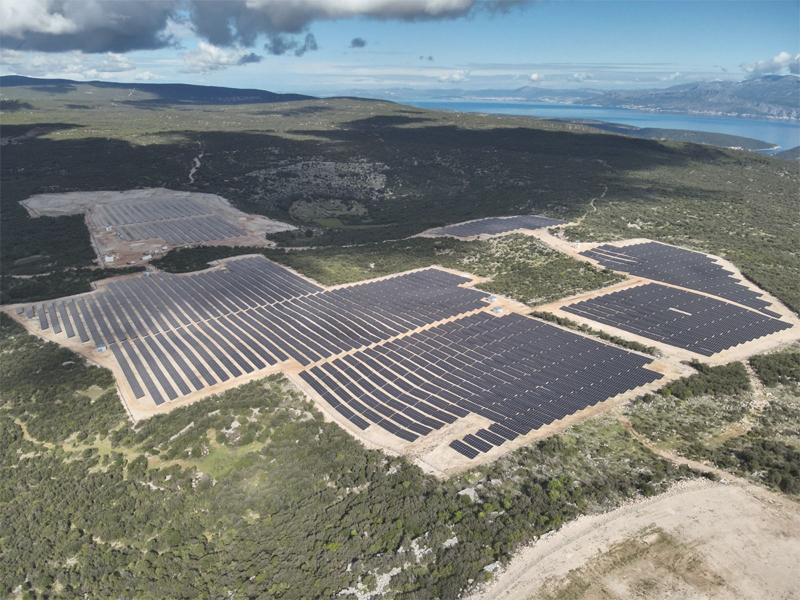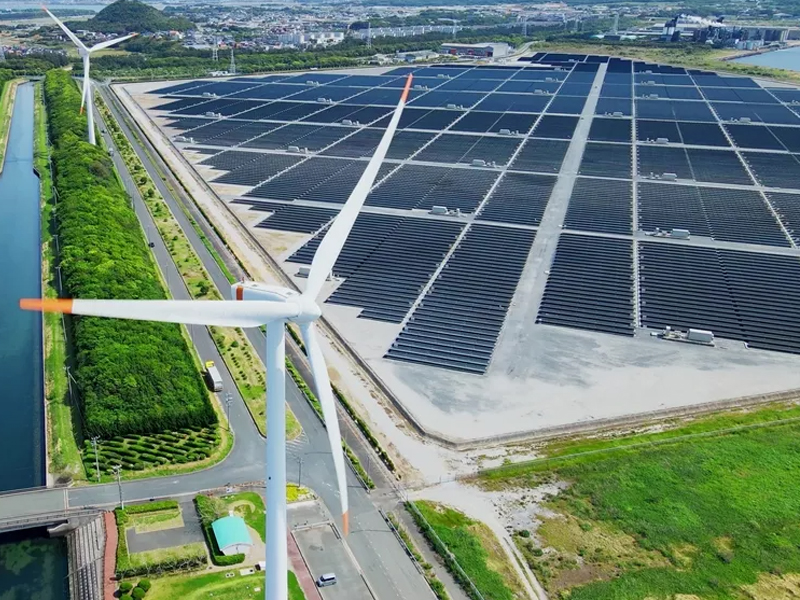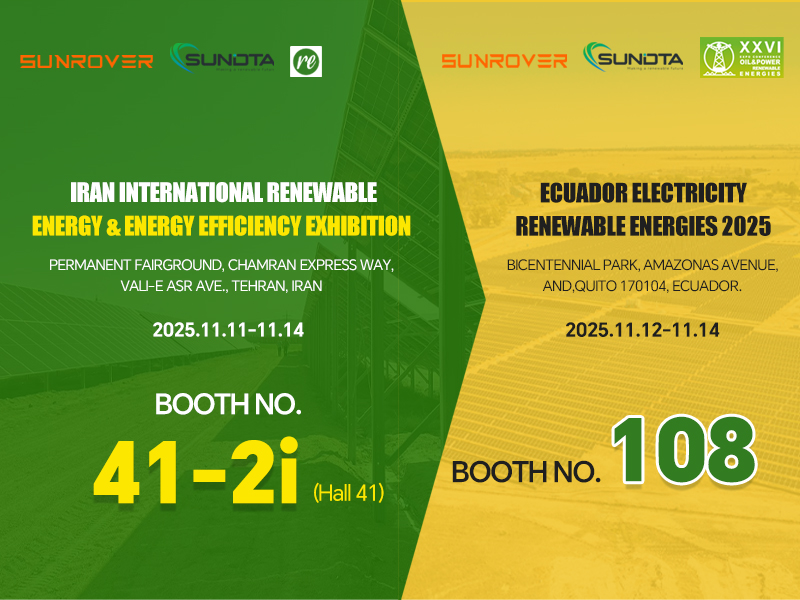Total investment: 98.8 billion yuan! Construction of the 12GW Shagohuangfeng and Everbright bases has commenced.

On September 29th, construction began on the new energy base in the central and northern Kubuqi Desert in Inner Mongolia. With a total investment of 98.8 billion yuan, the project plans to build 8 GW of photovoltaic powerand 4 GW of wind power, along with 4 GW of supporting coal-fired power and 5 GW of new Energy Storage.
The new energy base in the central and northern Kubuqi Desert is the first large-scale, multi-million-kilowatt "Shagohuang" wind and photovoltaic base to commence construction in Inner Mongolia. It also features a supporting ultra-high voltage power transmission line from Ordos, Inner Mongolia, to Cangzhou, Hebei. The line is designed to be 699 kilometers long, with a voltage of ±800 kV and a transmission capacity of 8 GW. The base is scheduled to be completed and operational by the end of 2027. Upon completion, it will be able to supply approximately 36 billion kilowatt-hours of electricity annually to the North China power grid centered on the Beijing-Tianjin-Hebei region, with 60% of this electricity coming from Renewable Energy sources. This will reduce standard coal consumption by approximately 6.4 million tons and carbon dioxide emissions by approximately 16 million tons annually, effectively promoting the green transformation of North China's energy structure and energy conservation and emission reduction efforts, and further improving the cross-regional optimization of high-quality power resources.
The Kubuqi Desert in Ordos, Inner Mongolia, is China's seventh-largest desert. As the largest "Shagohuang" wind and photovoltaic base planned in my country's 14th Five-Year Plan, the Kubuqi Desert Base has already installed 13.06 million kilowatts of renewable energy. Through the exploration and implementation of the innovative "photovoltaic + desertification control" model, approximately 300,000 mu (approximately 16,000 mu) of desertified land in the Kubuqi Desert has been effectively rehabilitated.
In addition to the large new energy base in the central and northern Kubuqi Desert, another major "Shagohuang" base exists within the desert: the Kubuqi Desert Southern Ordos New Energy Base project. The project, approved in August 2022 with a total investment of approximately 76 billion yuan, is planned to have a total installed capacity of 16 million kilowatts, including 4 million kilowatts of wind power, 8 million kilowatts of photovoltaic power, 4 million kilowatts of supporting coal-fired power, and 2.4 million kilowatt-hours of energy storage.
Since the 14th Five-Year Plan, Inner Mongolia has leveraged its abundant wind and solar resources to vigorously develop a new energy industry system centered on wind and photovoltaic power generation.
By the end of August 2025, the region had added 11.82 million kilowatts of new energy capacity, bringing its cumulative installed capacity to 147 million kilowatts, maintaining its top position in the country. The region has 28.15 million kilowatts of new energy storage capacity under construction or under development, with completed capacity exceeding 11.3409 million kilowatts.
At the same time, during the 14th Five-Year Plan, the development momentum of new energy, new investment formats, supply systems, and new power systems in Inner Mongolia continued to grow.
By 2024, Inner Mongolia will rank first in China in both green hydrogen production capacity and green electricity trading settlement volume (76.2 TWh).
Currently, Inner Mongolia has established green electricity export and trading partnerships with eight provinces, with cumulative green electricity exports exceeding 270 TWh during the 14th Five-Year Plan period.
Six large-scale wind and photovoltaic bases in Shagohuang have been approved, with a total planned installed capacity of 72 GW of new energy. Upon completion, they will export 216 TWh of electricity annually to North, East, and Central China, with green electricity accounting for approximately 60%. This will reduce standard coal consumption by approximately 38.4 million tons and carbon dioxide emissions by nearly 100 million tons. While promoting a Green Energy transition, it will also further control desertification in the Kubuqi, Ulan Buh, and Tengger Deserts.











